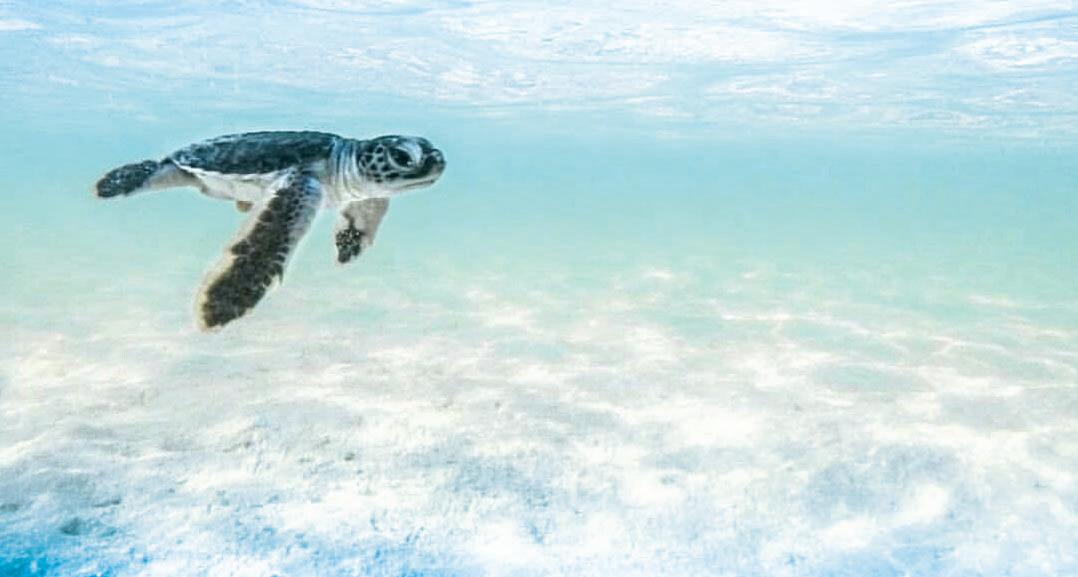F W R J
Reuse, Reduce, Recharge, Restore, and Recreate: Ocala Wetland Park Allison Lewis, Rachel Slocumb, and Rafael Vazquez-Burney
S
ilver Springs, located in north central Florida, is one of the state’s largest first-magnitude springs and has attracted many visitors since the 19th century. World famous for its crystal clear waters, it’s the ecological and economic engine in the area; however, flow and water quality data over the past nine decades show a significant decline in spring flow and increase in nutrient concentrations, which has led to the ecological degradation of the Silver Springs and Silver River systems. Thus, the Silver Springs system is subject to re-
strictive total maximum daily load (TMDL) regulations for nitrate, and to help meet its established minimum flows and levels (MFLs), it has a recovery strategy (Florida Department of Environmental Protection [FDEP], 2012; St. Johns River Water Management District [SJRWMD], 2017a). While not yet required by regulations, the City of Ocala (city), located within the springshed, is implementing a treatment wetland designed for groundwater recharge to offset its use of groundwater and nutrient loads to
Figure 1. Conceptual Design of City of Ocala Wetland Groundwater Recharge Park
16 July 2020 • Florida Water Resources Journal
Allison Lewis, P.E., is project technologist, and Rafael Vazquez-Burney, P.E., is principal technologist, with Jacobs Engineering Group in Tampa. Rachel Slocumb is water resources conservation coordinator with City of Ocala Water Resources Department.
Silver Springs associated with municipal water and wastewater management. Groundwater recharge wetlands provide a unique opportunity to address water supply and water quality, while giving back to the community through a new park amenity, educational opportunities, and community gathering space. In support of the design and permitting of this project, an onsite hydrogeologic investigation, consisting of soil borings and the construction of pumping and monitoring wells across the site, was conducted to produce site-specific data. A groundwater model was then calibrated to this data and used to evaluate the site’s capacity to recharge the aquifer, and the fate of the applied water to recover flows in the Silver Springs system. These efforts included innovative applications of a calibrated groundwater model (combined with a wetlands treatment model) to quantify recharge, while ensuring the protection of water quality. It was determined that this system will have a capacity of up to 5 mil gal per day (mgd) and will reduce nitrate levels to background concentrations. The wetland will consist of a 35-acre organically shaped flowpath designed as an ecological park, with an education area, walking trail, boardwalks, and other park amenities. The system, currently under construction, is expected to receive and polish up to 5 mgd of treated municipal wastewater that will infiltrate to the underlying aquifer to augment flow to Silver Springs, while protecting its water quality. This wetland is expected to reduce nitrate loads to Silver Springs by 10 tons a year. This article will highlight the factors that led the city to plan this forward-thinking project, the ecological design principles applied to maximize the ecological value of the site, the

















